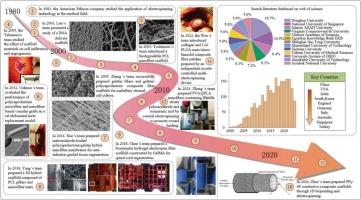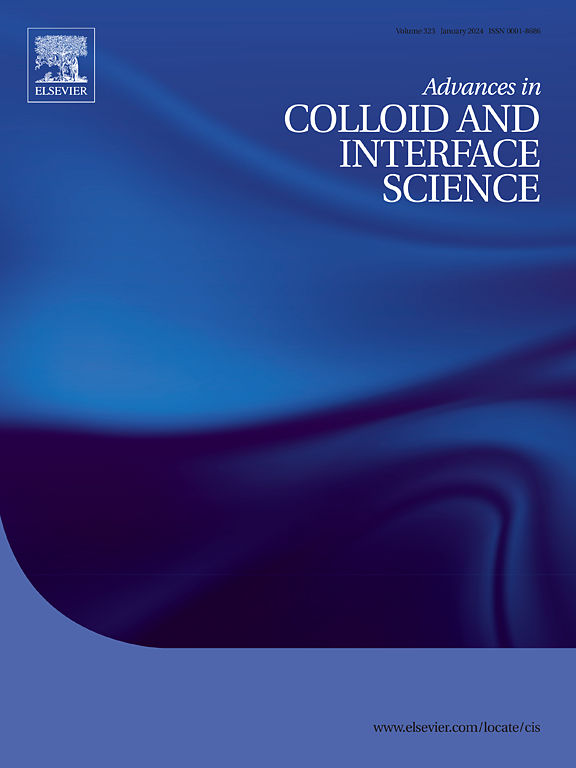Soft tissue scaffold fabrication based on electrospinning: Application and prospect
IF 19.3
1区 化学
Q1 CHEMISTRY, PHYSICAL
引用次数: 0
Abstract
Electrospun scaffolds show strong potential in soft tissue engineering, particularly in promoting the repair of soft tissue lesions, and have attracted increasing research attention in recent years. The macroscopic structure of electrospun scaffolds plays a key role in optimizing mechanical properties, degradation rate, and biocompatibility. These structures can be tailored through post-processing techniques to meet the diverse requirements of different soft tissues. Despite growing interest, current literature lacks a comprehensive review, and clinical reference data remain limited, providing insufficient guidance for practical applications. This paper reviews the structural characteristics and applications of electrospun scaffolds in soft tissue engineering. It first examines soft tissue types and common treatment strategies, followed by a comparative discussion of electrospinning advantages in this context. Structural categories laminar, tubular, three-dimensional (3D), and bundle types are summarized, together with their underlying design principles and corresponding applications. In addition, scaffold post-processing methods and 3D fabrication techniques are reviewed, emphasizing how key structural features affect tissue repair. Finally, existing challenges are outlined, and potential research directions are proposed to support the clinical translation of electrospinning technology in soft tissue regeneration. The findings aim to offer practical guidance for advancing scaffold design and improving repair efficacy.

基于静电纺丝的软组织支架制备:应用与展望
电纺丝支架在软组织工程,特别是促进软组织损伤的修复方面显示出强大的潜力,近年来受到越来越多的研究关注。电纺丝支架的宏观结构对优化其力学性能、降解速率和生物相容性起着关键作用。这些结构可以通过后处理技术定制,以满足不同软组织的不同要求。尽管人们的兴趣越来越大,但目前的文献缺乏全面的综述,临床参考数据也有限,对实际应用的指导作用不足。综述了电纺丝支架的结构特点及其在软组织工程中的应用。它首先检查软组织类型和常见的治疗策略,然后比较讨论静电纺丝在这方面的优势。概述了结构类型层流、管状、三维和束状,以及它们的基本设计原则和相应的应用。此外,对支架后处理方法和3D制造技术进行了综述,强调了关键结构特征如何影响组织修复。最后,概述了目前存在的挑战,并提出了潜在的研究方向,以支持静电纺丝技术在软组织再生中的临床应用。研究结果旨在为改进支架设计,提高修复效果提供实用指导。
本文章由计算机程序翻译,如有差异,请以英文原文为准。
求助全文
约1分钟内获得全文
求助全文
来源期刊
CiteScore
28.50
自引率
2.60%
发文量
175
审稿时长
31 days
期刊介绍:
"Advances in Colloid and Interface Science" is an international journal that focuses on experimental and theoretical developments in interfacial and colloidal phenomena. The journal covers a wide range of disciplines including biology, chemistry, physics, and technology.
The journal accepts review articles on any topic within the scope of colloid and interface science. These articles should provide an in-depth analysis of the subject matter, offering a critical review of the current state of the field. The author's informed opinion on the topic should also be included. The manuscript should compare and contrast ideas found in the reviewed literature and address the limitations of these ideas.
Typically, the articles published in this journal are written by recognized experts in the field.

 求助内容:
求助内容: 应助结果提醒方式:
应助结果提醒方式:


